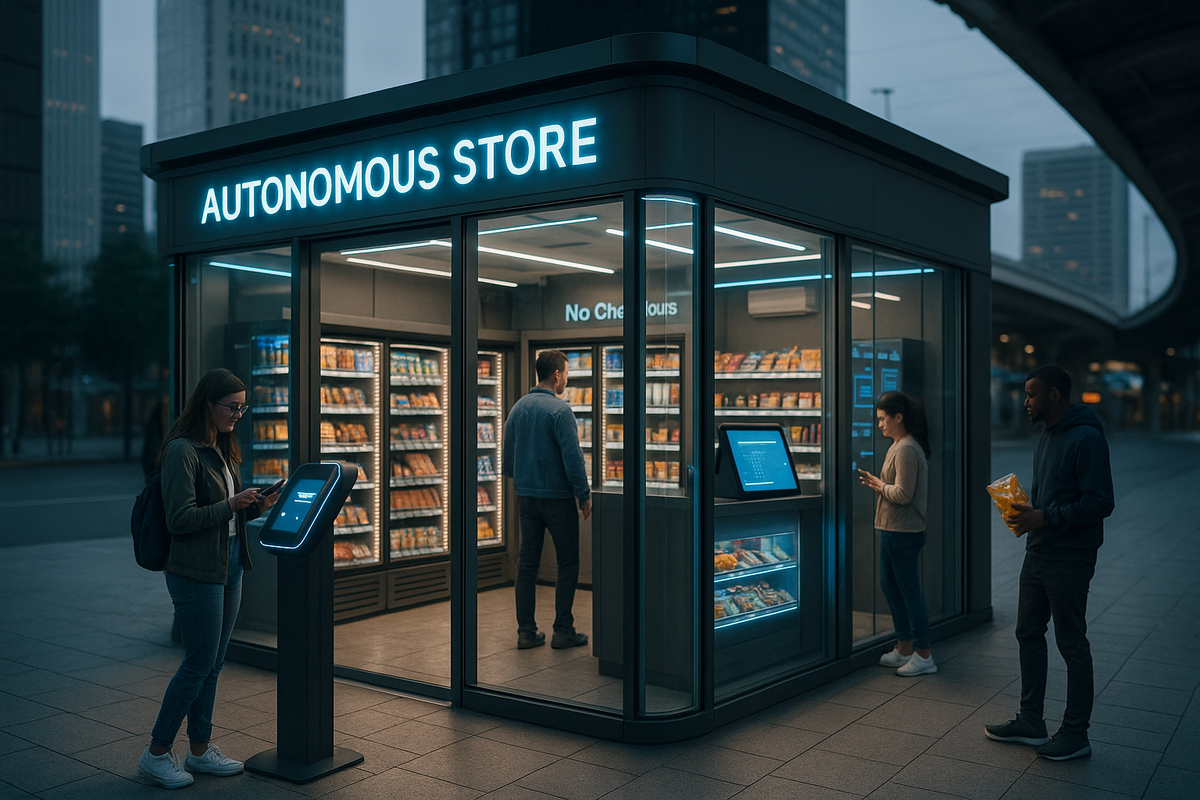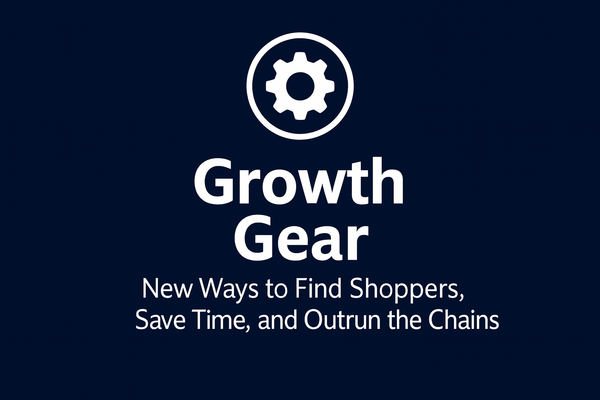What Are Autonomous Micro-Retail Stores in Convenience Retail?
Autonomous micro-retail stores are small, self-serve shops powered by AI, sensors, and cameras that operate 24/7 without cashiers. Customers enter with an app, grab products, and walk out—payment is automatic. They're reshaping convenience retail.

Autonomous Micro-Retail Stores Series
Introduction
Picture this: you’re running late, need a snack, and—bam!—there’s a tiny store with no cashiers, no lines, and it’s open round the clock. These futuristic setups are called autonomous micro-retail stores, and they’re popping up everywhere, shaking up the way folks shop and work in the convenience industry. For employees, these stores aren’t just a passing fad—they’re changing the retail game and opening up a whole new world of opportunities and challenges.
Defining Autonomous Micro-Retail Stores
So, what exactly are these stores? Autonomous micro-retail stores are small, self-serve shops powered by high-tech gadgets—think artificial intelligence (AI), sensors, cameras, smart locks, and digital price tags. They’re designed to run with little or no staff on-site, operating 24/7 and offering grab-and-go convenience for busy people. Unlike traditional c-stores, they’re much smaller and more automated, but they’re a big step up from your average vending machine—offering a wider variety of products and a more “store-like” experience.
How Do Autonomous Micro-Retail Stores Work?
Here’s how it usually goes:
- Entry: Shoppers unlock the door with an app, card, or even a fingerprint—no need for keys or cashiers.
- Shopping: Once inside, customers pick out what they want. Sensors and cameras track what’s taken off the shelves, using AI to keep tabs on every move.
- Checkout: When customers are done, they just walk out. Payment is handled automatically through the app or card on file—no waiting, no fuss.
- Security: AI-powered systems keep an eye out for theft and help manage inventory, alerting remote staff if something’s off.
It’s slick, fast, and all about making shopping as painless as possible.
Where Are They Found?
Autonomous micro-retail stores aren’t just popping up on street corners—they’re showing up in all sorts of places:
- Office buildings
- Apartment complexes
- Hospitals
- Transit hubs
- Universities
Because they’re small and don’t need much staff, these stores can squeeze into tight spaces or unusual locations where a regular c-store just wouldn’t fit. They’re plug-and-play, meaning operators can set them up quickly and move them as needed—pretty handy in today’s fast-changing world.
Benefits for Retailers and Employees
Why are so many retailers jumping on the autonomous bandwagon? There are plenty of perks:
- Lower Labor Costs: With fewer staff needed on-site, stores save money and can run around the clock.
- Streamlined Operations: Automated inventory and checkout mean fewer mistakes and less busy work.
- Reduced Shrink: AI and sensors help keep an eagle eye on inventory, making theft and loss less likely.
- Employee Opportunities: Instead of being stuck at a register, employees can focus on higher-value tasks like restocking, remote support, or maintenance.
- Better Customer Experience: Shoppers get fast, 24/7 access to essentials, with product selections tailored to each location’s needs.
Challenges and Considerations
Of course, it’s not all smooth sailing. Autonomous micro-retail stores come with their own set of hurdles:
- Tech Investment: Setting up all that fancy tech isn’t cheap, and keeping it running takes regular maintenance.
- Security and Privacy: With cameras and sensors everywhere, there are concerns about data privacy for both shoppers and staff.
- Changing Roles: As stores automate, employees have to adapt—learning new tech, shifting to remote support, and finding ways to keep the human touch alive.
Real-World Examples
These stores aren’t just a pipe dream—they’re already out there, making waves:
- Amazon Go: Probably the most famous, with locations in big cities and airports.
- Żabka Nano: A Polish chain rolling out hundreds of autonomous stores in Europe.
- Robomart: Mobile stores that come to you—shoppers hail them like a rideshare, then shop inside.
- Shop24, SmartMart, Micromart: Other players bringing automated retail to offices, campuses, and neighborhoods.
Early adopters have seen shorter lines, happier customers, and more efficient operations, though there’s still plenty to learn as the tech evolves.
The Future of Autonomous Micro-Retail in Convenience
The future’s looking bright—and fast. As technology keeps improving, expect to see even more autonomous stores in more places with better features and smarter systems. For employees, that means learning new skills, adapting to new roles, and embracing the tech that’s reshaping retail. The key? Stay curious, keep learning, and don’t be afraid to roll with the punches.
And hey, stick around for the next article in this series, where we’ll dive into how employees can thrive in an automated convenience store world—because, ready or not, the future is already here.





